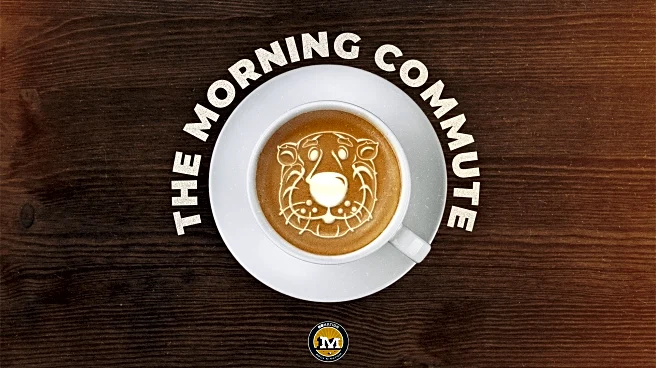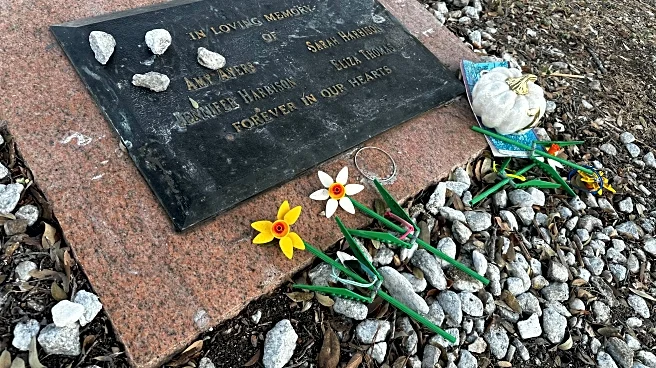What is the story about?
What's Happening?
Mel Taub, renowned for his creation of the Puns and Anagrams puzzle for The New York Times, has passed away at the age of 97. Taub, who resided in Austin, Texas, was celebrated for his unique style of wordplay that combined humor and cleverness. His puzzles, known as PandAs, were a lighter form of the more complex cryptic crosswords, offering a playful challenge to puzzle enthusiasts. Despite being considered less serious by some puzzle purists, Taub's work was beloved by many for its wit and the joy it brought to solvers. His son, Daniel, announced his passing.
Why It's Important?
Mel Taub's contribution to the world of puzzles highlights the cultural significance of wordplay and its ability to entertain and engage audiences. His puzzles not only provided amusement but also encouraged creative thinking and linguistic dexterity. The Puns and Anagrams puzzle served as a gateway for many to explore the broader world of crosswords, fostering a community of enthusiasts who appreciate the art of wordplay. Taub's legacy is a testament to the enduring appeal of puzzles as a form of intellectual entertainment and their role in popular culture.
What's Next?
The passing of Mel Taub may prompt The New York Times and other puzzle publishers to reflect on the evolution of puzzle formats and the importance of maintaining a diverse range of offerings to cater to different tastes. As the puzzle community remembers Taub's contributions, there may be renewed interest in exploring and preserving the art of pun-based puzzles. Additionally, his passing could inspire new creators to innovate within the genre, ensuring that the spirit of Taub's work continues to influence future generations of puzzle enthusiasts.
Beyond the Headlines
Mel Taub's work underscores the broader cultural and educational value of puzzles. They not only entertain but also serve as tools for cognitive development, enhancing vocabulary, problem-solving skills, and mental agility. The popularity of Taub's puzzles reflects a societal appreciation for humor and creativity, elements that are increasingly important in a fast-paced, digital world. His legacy may encourage educational institutions to incorporate puzzles into learning environments, recognizing their potential to stimulate intellectual curiosity and lifelong learning.
AI Generated Content
Do you find this article useful?















